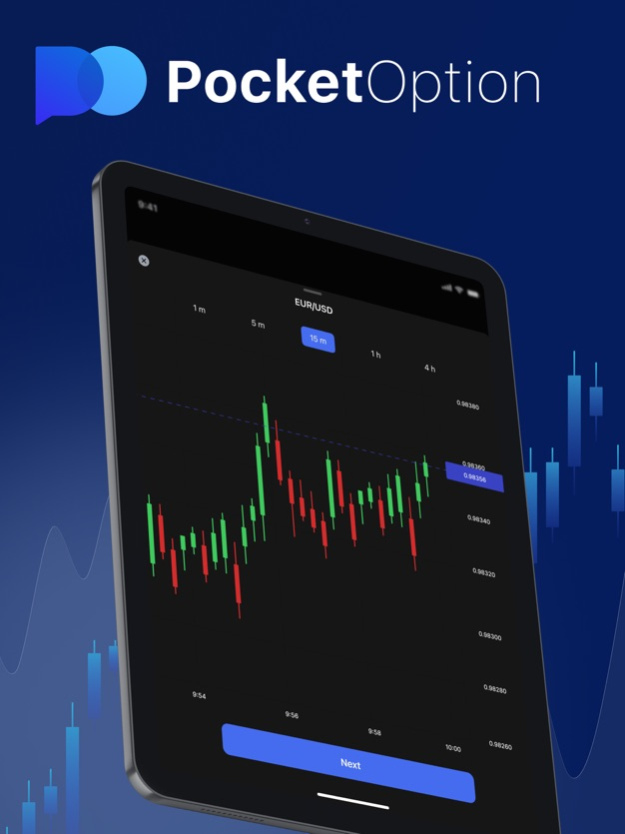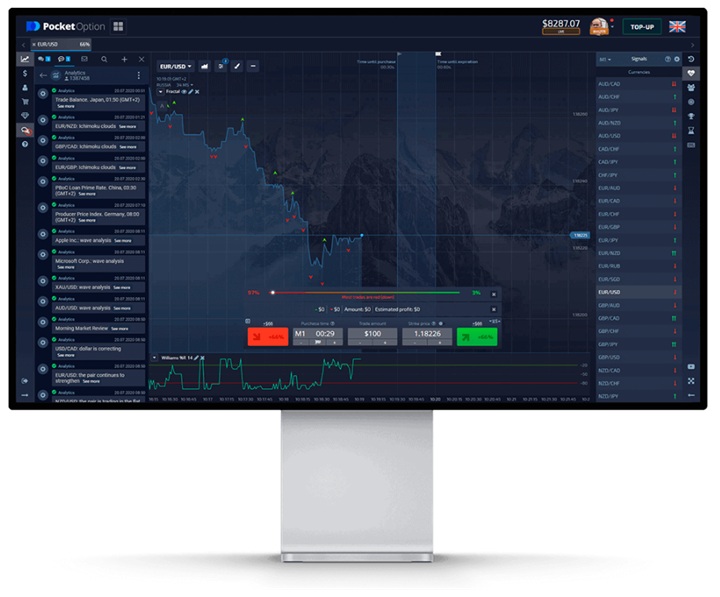
Pocket Option Indicators: Maximizing Your Trading Strategies
In the fast-paced world of online trading, having the right tools and information is essential for success. One of the primary resources that traders use to enhance their performance is indicators, particularly in platforms like Pocket Option. In this comprehensive guide, we will dive deep into the different types of Pocket Option Indicators indicadores Pocket Option, how to utilize them effectively, and best practices for incorporating them into your trading strategy.
Understanding Pocket Option Indicators
Pocket Option indicators are tools that traders use to analyze market trends and price movements. These indicators can provide insights into potential future price actions based on historical data. By integrating these indicators into your trading strategies, you can make more informed decisions about when to enter or exit trades.
Types of Pocket Option Indicators
There are several types of indicators that you can use on the Pocket Option platform, each serving different purposes. Here are the most popular ones:
1. Moving Averages
Moving averages are one of the most commonly used indicators in trading. They are used to smooth out price data and identify trends over a certain period. There are two main types of moving averages: Simple Moving Average (SMA) and Exponential Moving Average (EMA). SMA gives equal weight to all prices in the period, while EMA gives more weight to recent prices, making it more responsive to new information.
2. Relative Strength Index (RSI)
The RSI is a momentum oscillator that measures the speed and change of price movements. It provides signals that can identify overbought or oversold conditions. Typically, an RSI above 70 indicates that an asset is overbought, while an RSI below 30 suggests that it is oversold. Traders often use RSI in conjunction with other indicators to validate their trading signals.
3. Bollinger Bands
Bollinger Bands consist of a middle band (SMA) and two outer bands that are standard deviations away from the middle band. This indicator helps traders identify market volatility as well as potential reversal points. Prices moving toward the upper band can indicate overbought conditions, while movements toward the lower band can indicate oversold conditions.
4. MACD (Moving Average Convergence Divergence)
The MACD indicator is used to identify changes in the strength, direction, momentum, and duration of a trend in a stock’s price. It consists of the MACD line, the signal line, and the histogram. Crossover points between these lines can signal potential buying or selling opportunities.
5. Stochastic Oscillator
This momentum indicator compares a particular closing price of an asset to a range of its prices over a certain period. The stochastic oscillator produces values between 0 and 100, with readings above 80 considered overbought and readings below 20 considered oversold. This indicator is often used in conjunction with trend analysis.
How to Use Pocket Option Indicators Effectively
Understanding the types of indicators available is the first step; however, using them effectively is what really counts. Here are some tips for integrating Pocket Option indicators into your trading strategy:
1. Don’t Rely on One Indicator Alone

While each indicator can provide valuable insights, it’s essential to use them in conjunction with one another. For instance, you might combine RSI with Bollinger Bands to gain a clearer picture of market conditions. This multi-indicator approach can help filter out false signals.
2. Backtest Your Strategies
Before applying any indicators in live trading, it’s crucial to backtest your strategies using historical data. This practice allows you to understand how well your indicators would have performed in the past, giving you more confidence in their reliability for future trades.
3. Adjust Indicator Settings
Different market conditions require different settings for your indicators. Don’t hesitate to tweak the parameters of the indicators to match current market volatility or trends. Customizing your indicators can help you adapt quickly to changing market dynamics.
4. Keep an Eye on Economic News
Indicators are based on historical data; however, external factors such as economic news can significantly impact price movements. Always stay informed about upcoming economic reports or events that may affect your trades and adjust your strategy accordingly.
Common Mistakes to Avoid
When utilizing Pocket Option indicators, traders often fall into common traps that can hinder their trading performance:
1. Overcomplicating Strategies
Many traders confuse complexity with effectiveness. Using too many indicators or overly complicated strategies can create confusion. Aim for simplicity: often, a few well-chosen indicators will yield better results than a cluttered chart.
2. Ignoring Market Context
Indicators do not work in isolation. It’s crucial to understand the current market context. Ignoring larger trends or market fundamentals can lead to poor trading decisions.
3. Emotional Trading
One of the biggest pitfalls in trading is letting emotions guide your decisions. Stick to your trading plan that utilizes indicators logically rather than reacting emotionally to market fluctuations.
Conclusion
In conclusion, Pocket Option indicators are powerful tools that can significantly enhance your trading strategies when used properly. Understanding the different types of indicators and how to integrate them into your trading routine is crucial for success. By avoiding common mistakes and adopting best practices, you can increase your chances of making profitable trades. Remember, continuous learning and practice are key in the dynamic world of trading.
As you embark on your trading journey, keep these insights in mind and leverage the full potential of Pocket Option indicators to achieve your trading goals.
